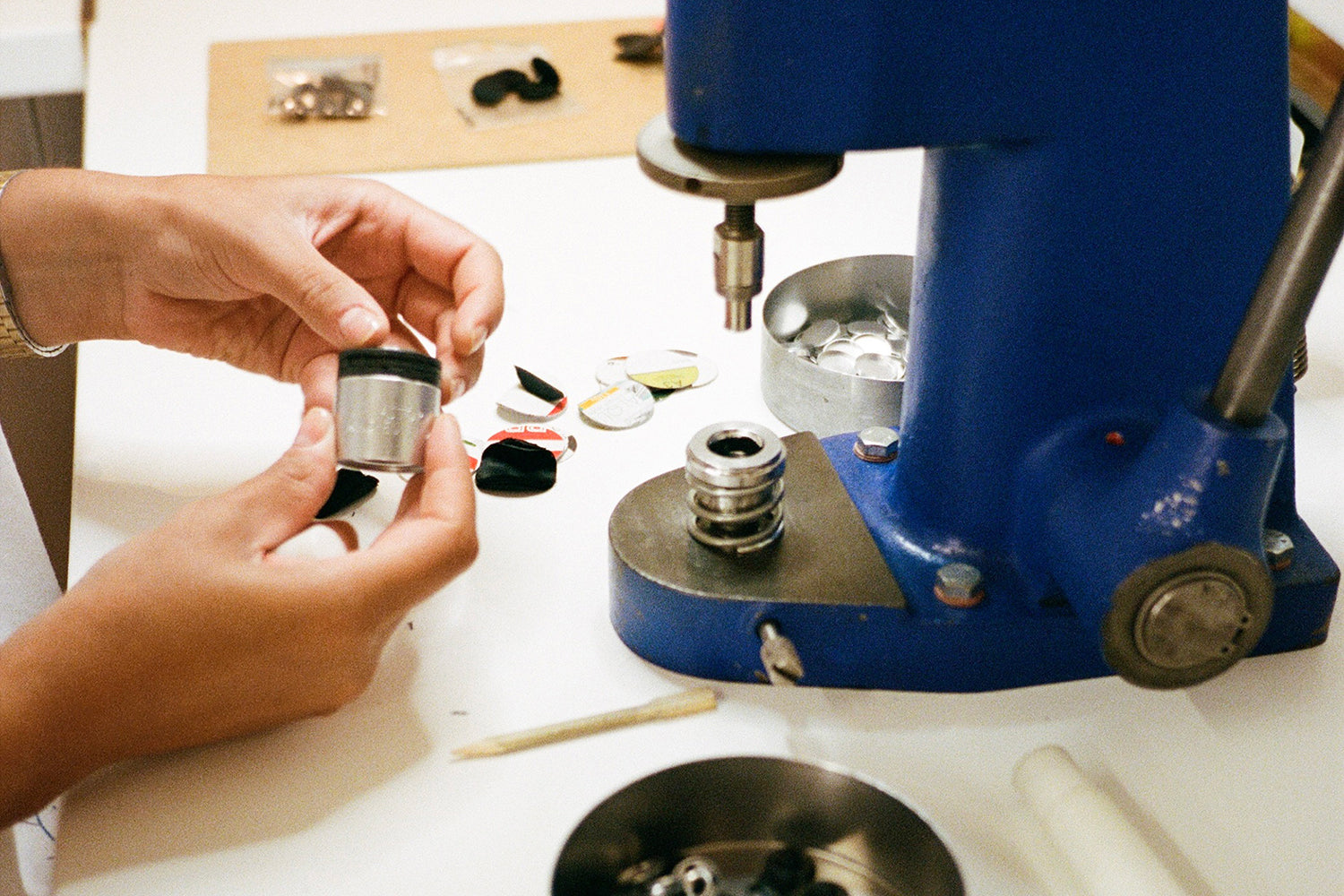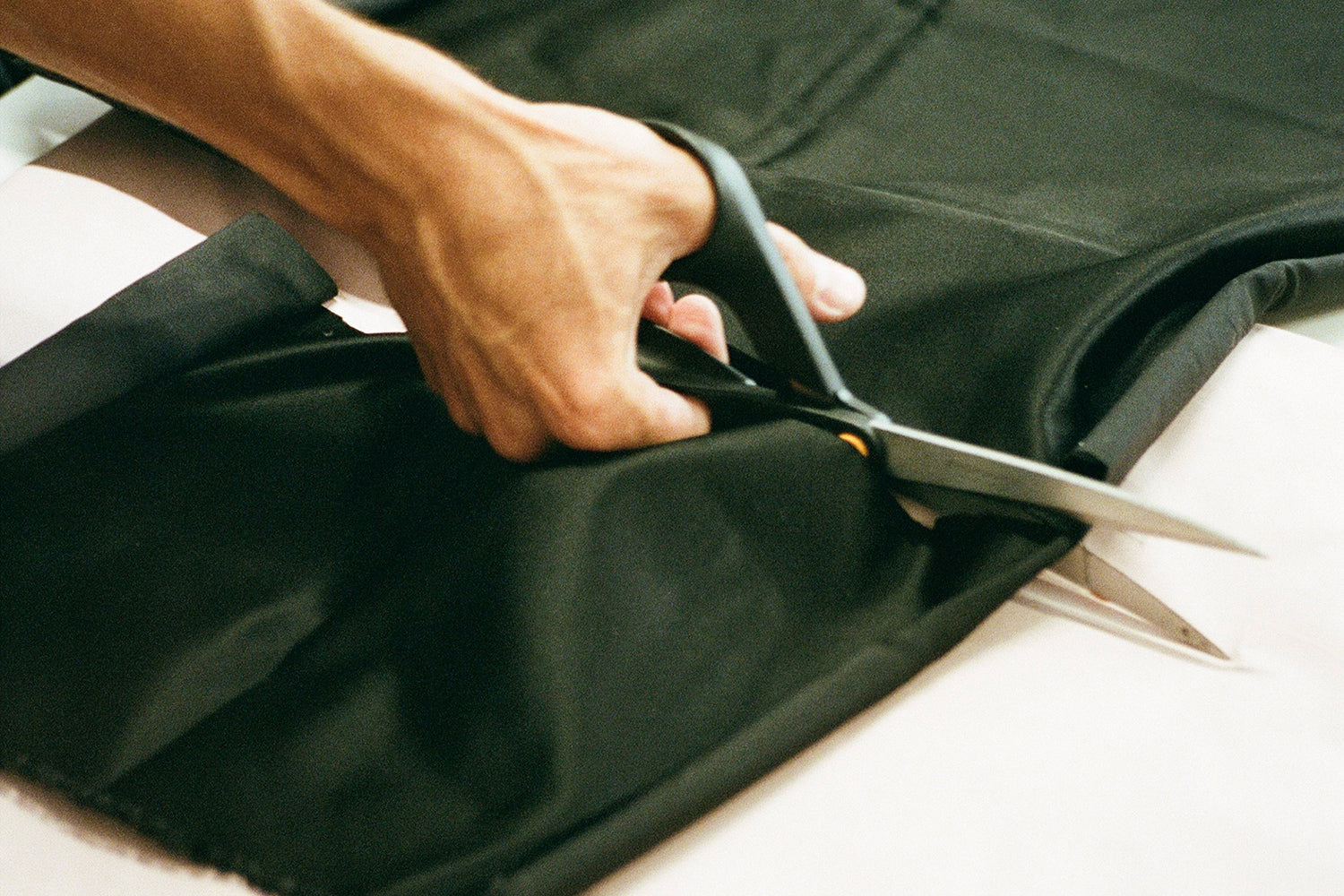
Viscose: an eco-responsible material?
At Facettes, we are committed to making fashion more circular and responsible. As part of this eco-conscious approach, we’ve chosen to upcycle materials and completely ban synthetic fibers to avoid contributing to microplastic pollution. This doesn’t exclude artificial fibers like viscose, which we’ve used in our diana crepe blazer and our linen-viscose twill blazer. Spoiler alert: viscose is not an eco-friendly material. So, we thought we owed you a few explanations.
What is viscose?
Viscose (sometimes listed as CV on clothing labels) is an artificial fiber made from wood pulp via an industrial chemical process. The result is a cellulose fiber that is neither natural nor synthetic, it’s classified as "artificial", meaning it comes from natural sources but is chemically transformed.
Viscose can be used to make a wide range of fabrics and knits: viscose jersey, viscose crepe, viscose satin, and so on.
Is viscose eco-friendly?
Many brands market viscose as an eco-friendly or sustainable fiber because it’s derived from natural wood sources (often bamboo or eucalyptus). However, the chemical transformation process is highly polluting, from plant to fiber.
The cultivation of the raw material (cotton, bamboo, eucalyptus) often involves pesticides, insecticides, and significant water consumption. It may also contribute to deforestation.
During the transformation process, chemical solvents are used to dissolve the wood pulp into fiber, generating toxic waste that can disrupt ecosystems. The process requires a large amount of water and wood cellulose, which encourages intensive monoculture forestry. On top of that, most viscose is produced in countries with weak labor regulations.
Traditional viscose, that is, uncertified viscose, is not an eco-friendly material. However, there are more sustainable alternatives.
What are the alternatives to viscose?
Tencel (Lyocell) is a cellulose-based fiber like viscose, but the production process is patented and designed to recycle 99% of the caustic soda used in manufacturing. It requires significantly less water (around 1,000 liters per kilo, compared to 5,000 liters for cotton) and produces far less chemical waste.
EcoVero® viscose is made from certified sustainable wood sources (FSC or PEFC-certified forests). The fabric is produced in Austria by Lenzing, a company known for its sustainable sourcing and low-impact production practices.
Why do we use viscose at Facettes?
We only use upcycled materials from deadstock luxury fabric sourced from French and Italian fashion houses, materials that would otherwise go to waste. While we’ve eliminated synthetic fibers (which contribute to microplastic pollution), we do work with some artificial fibers, including viscose.
Our navy crepe blazer is made from a viscose crepe cady, a fluid, structured material with a refined matte finish.
Our summer twill blazer is crafted from a linen-viscose blend that combines the breezy look of linen with viscose's wrinkle resistance.
We only use upcycled viscose, which is traditional viscose, but we give it a second life by repurposing pre-existing materials.
Upcycling helps reduce waste, limits the use of new resources, and avoids the environmental burden of a new industrial production cycle.
Check out our upcycled fabric guide to explore the full range of fabrics and colors we’ve sourced for our limited edition collections.







